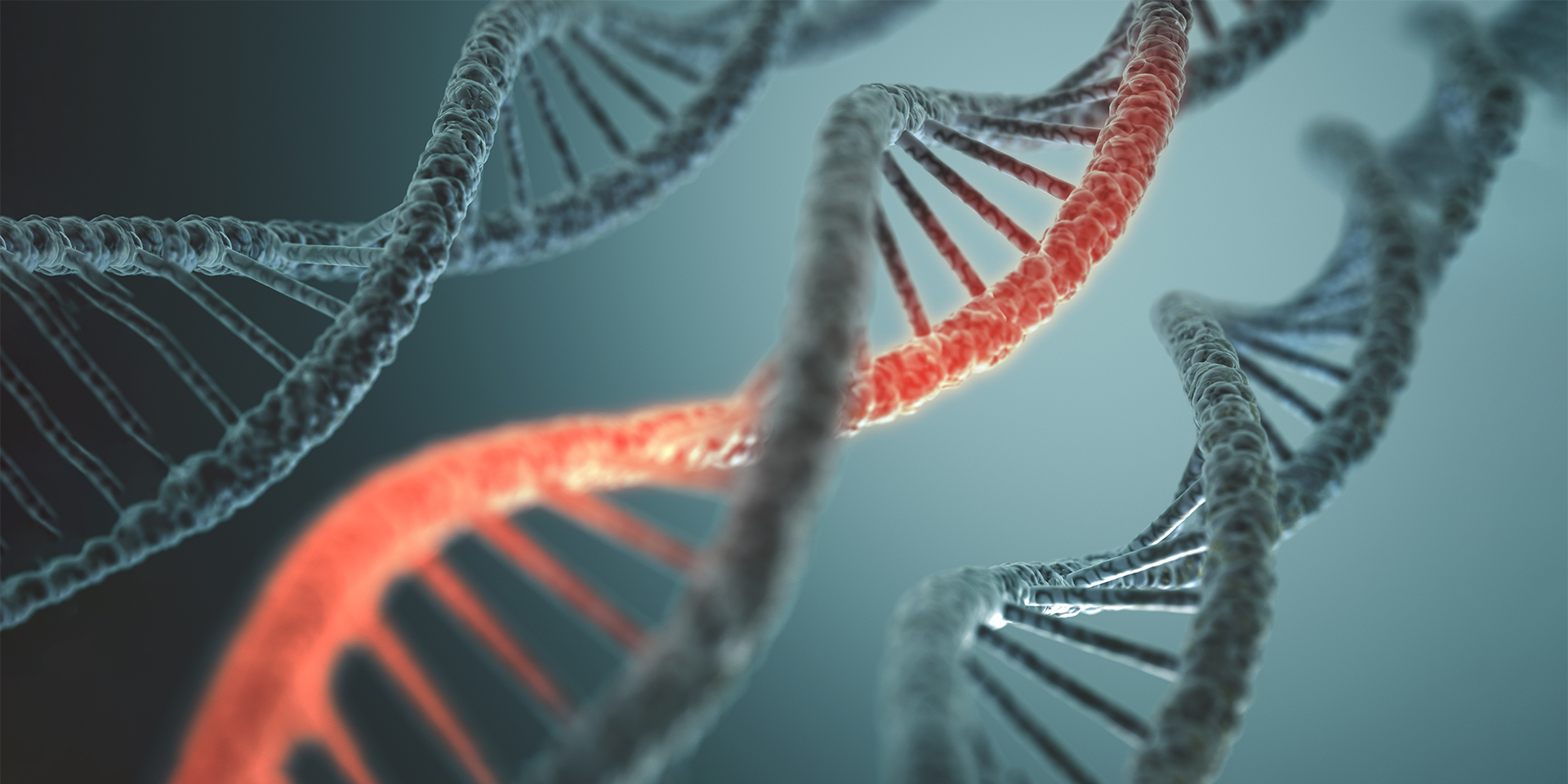Does the mRNA vaccine get into my DNA and alter it? In the text below, we discuss the risks of mRNA vaccines in the context of COVID-19.
The answer to the above question has been given by researchers in molecular biology 70 years ago. No, messenger RNA (mRNA) does not integrate into DNA. There are several reasons why this cannot happen.
A structural and functional impossibility
DNA has a double-stranded structure. You can think of it as the two rails, which are joined by sleepers (the support for the rails in railroad tracks) that form a railway line. The difference, in the case of DNA, is that each “sleeper” (the nucleotide base) is divided in two. One half belongs to one of the “rails”, and the other half to the other “rail”. Between the two halves of the “sleeper”, there is a bond (or attraction) that stabilizes the structure of the “railway”. Messenger RNA has only one strand, a single “rail” plus half a “sleeper”, which is why its structure is much more unstable.
Imagine if this messenger RNA did integrate into the DNA—could this hybrid be functional? It’s as if a train were running on two rails, then at some point, it was forced to only run on one rail and then on two rails again. It would be impossible. Not only are the structures of the DNA and the messenger RNA different, but their individual components are a bit different as well. Three of the nucleobases in DNA and mRNA (the sleepers from the railway analogy) are identical, but the fourth is slightly different. In the DNA, we have a nucleobase called thymine, and in mRNA, we have another which is similar but not identical, called uracil.
Between the nucleobase and the phosphate group (between the “sleeper” and the “rail”), there is another component—a pentose. The pentose of messenger RNA always has two oxidril groups (also called hydroxyl), while that of DNA contains only one. Hence their name Ribo-Nucleic Acid (RNA) and Deoxy-Ribonucleic Acid (DNA). “Deoxy” means “hydroxyl-free”, meaning it lacks an oxidril/hydroxyl. This is an additional reason why DNA and RNA cannot form a functional hybrid.
DNA and mRNA do not come into contact
In addition to these structural and functional arguments, there is also the spatial argument. Messenger RNA is located in the cytoplasm, together with the other cellular organelles, while DNA is located in a different cell compartment, the nucleus.
Basically, the messenger RNA in the vaccine does not even come into contact with DNA.
mRNA is not a synthetic compound, foreign to the body
I want to make it clear that messenger RNA is not a synthetic compound that the cell is not familiar with and that is introduced into the cell by a vaccine. Messenger RNA is a component of the human cell without which life would not be possible. When cells need a new protein to replace a faulty one, a very big issue arises: the information for protein synthesis is found in the DNA from the nucleus, while the protein “factories”, ribosomes, are in the cytoplasm.
The only way ribosomes can access information from DNA is to copy the information in DNA to an mRNA molecule, so that the mRNA can exit through the nuclear pores, go to the cytoplasm, where it will meet the ribosomes, which will synthesize the desired protein.
Neither SARS-CoV-2 nor the vaccine can integrate into human DNA
But can Messenger RNA integrate into human DNA indirectly, as HIV does? HIV is a special virus, a retrovirus. It manages to integrate its RNA into human DNA because it brings with it two enzymes that do not exist in the human cell: reverse transcriptase and integrase. Reverse transcriptase converts viral RNA into a DNA sequence, and this viral DNA, with the help of integrase, integrates into human DNA. The SARS-CoV-2 virus does not contain these two enzymes, so it cannot integrate into human DNA. The vaccine does not contain these two enzymes either, it only contains the information for a single viral protein, the spike protein.
Viral RNA is more dangerous than the messenger RNA in the vaccine
Whatever objections we have to mRNA-based vaccines, and whatever we assume the mRNA in the vaccine could do to the human genome or cells in general, we need to understand one thing: the viral RNA introduced into the body by the virus is much more dangerous, because it is found in a much larger amount and is much more diverse. If we are afraid of a messenger RNA of about 4,000 nucleotides introduced by the vaccine, then we should be more afraid of viral RNA of 30,000 nucleotides, introduced into the cell by SARS-CoV-2.
Costel Atanasiu, MD, PhD, is a virologist and former researcher at the Wistar Institute, Philadelphia, USA.
Bibliography:
- “The Nucleolus Is a Ribosome-Producing Factory” in Bruce Alberts, Alexander Johnson, Julian Lewis et al., “Molecular Biology of the Cell”, 4th edition., Garland Science, New York, 2002, https://www.ncbi.nlm.nih.gov/books/NBK26887/#A1043.
- Bruce Goldman, “Study links severe COVID-19 to increase in self-attacking antibodies”, Stanford Medicine | News Center, Sept. 14 2021, https://med.stanford.edu/news/allnews/2021/09/covid-19-autoantibodies.html.
